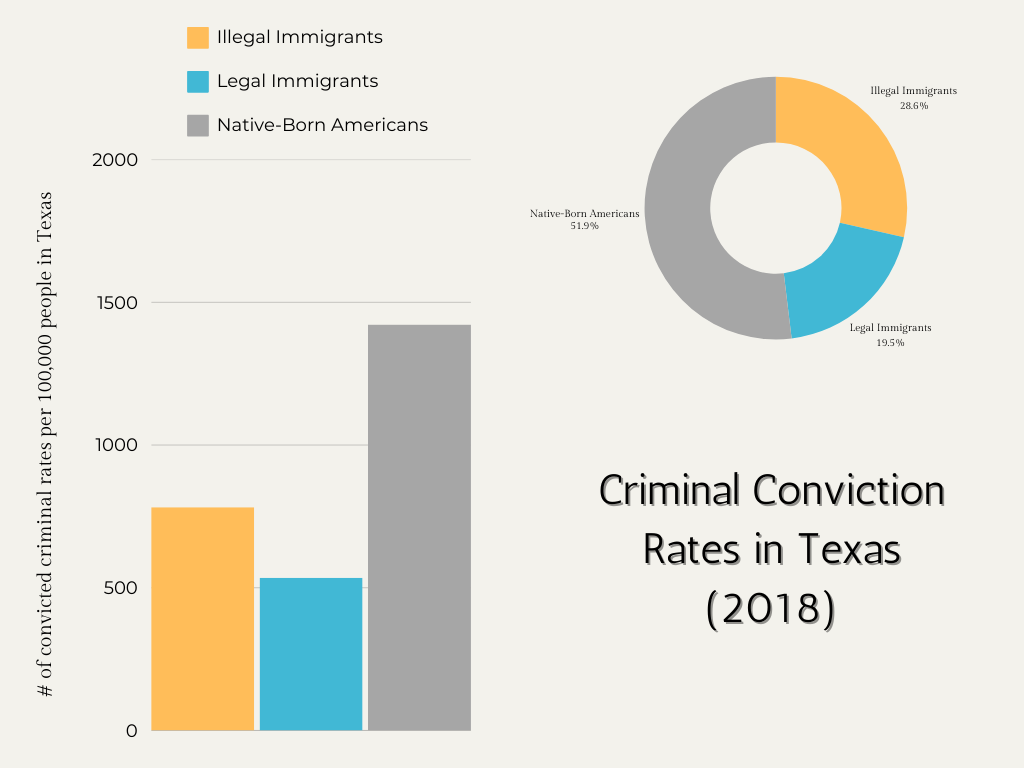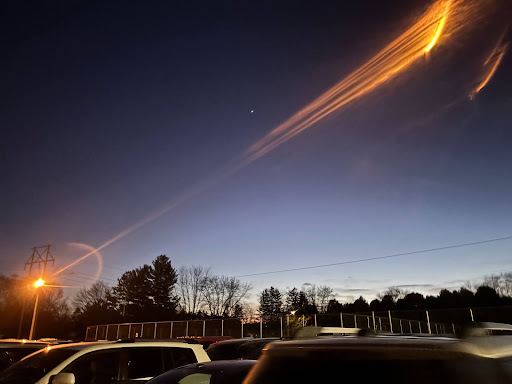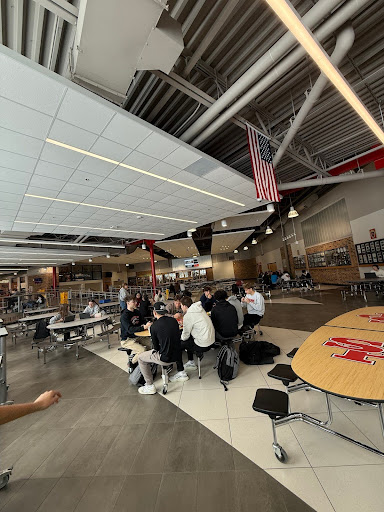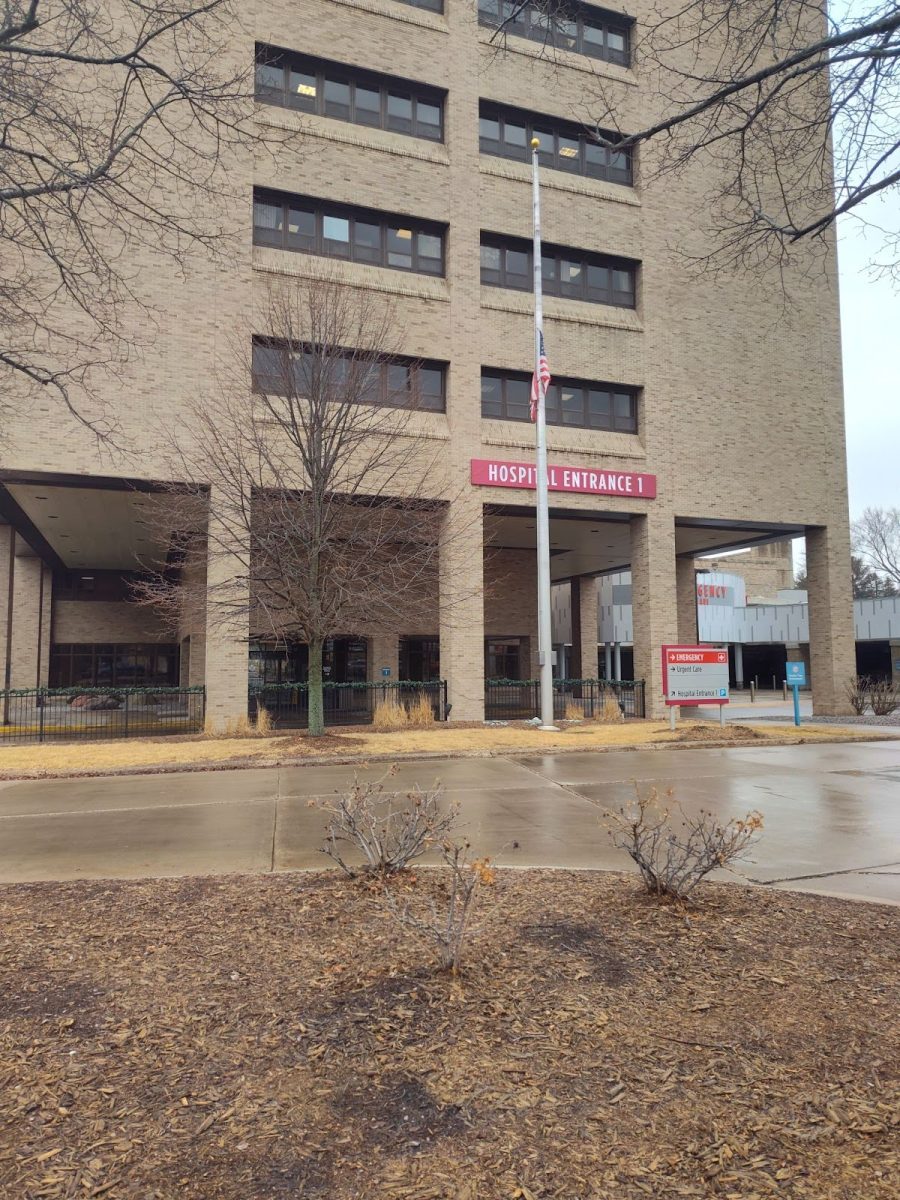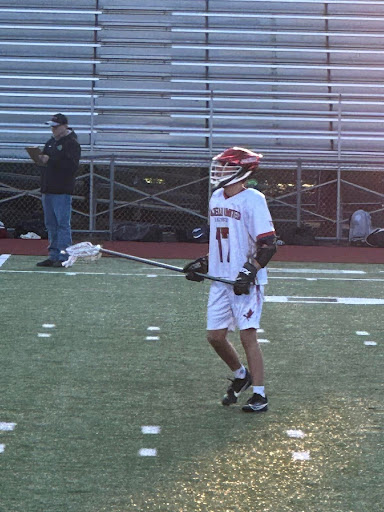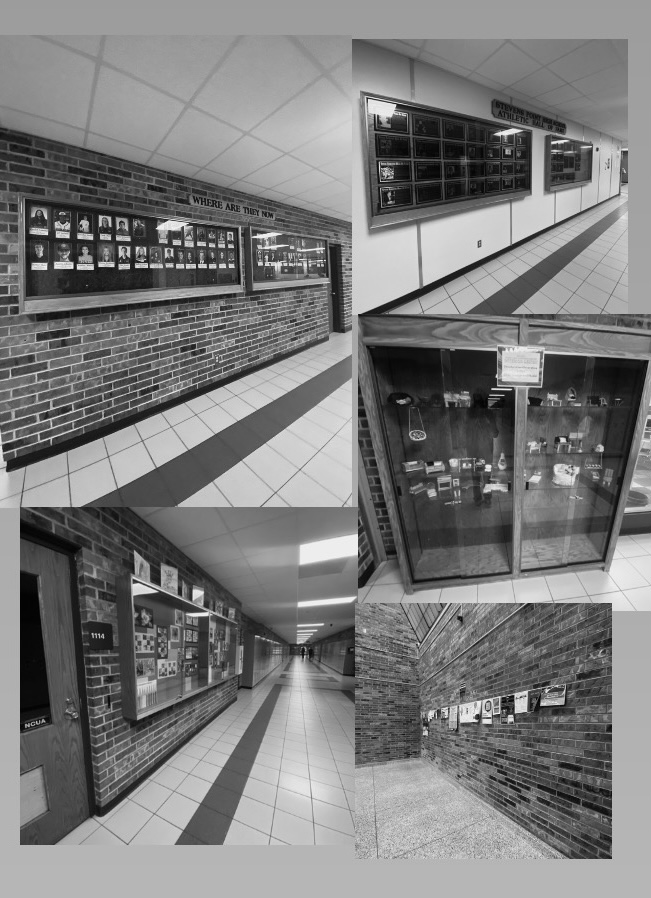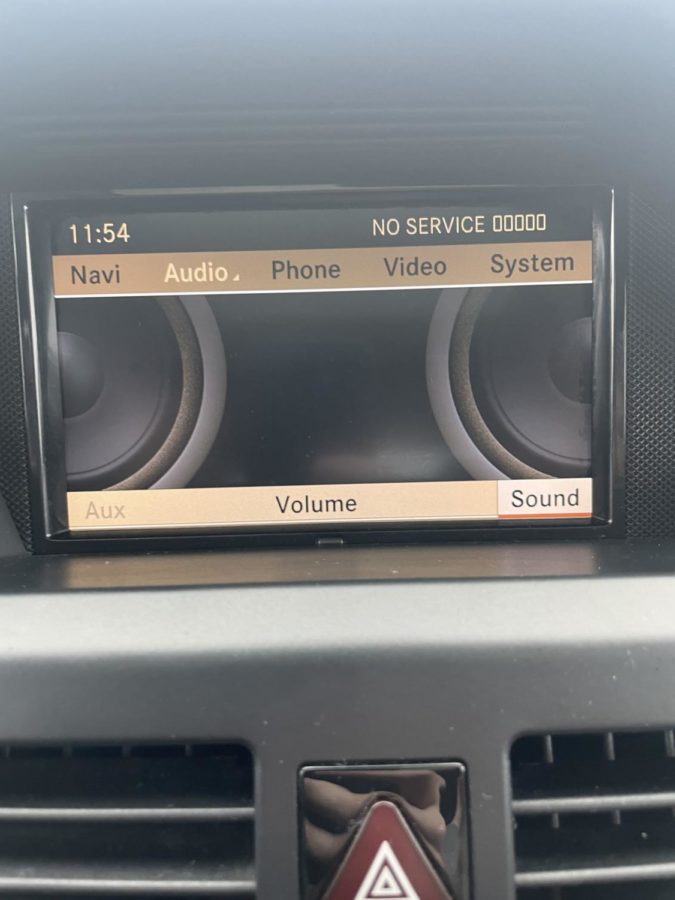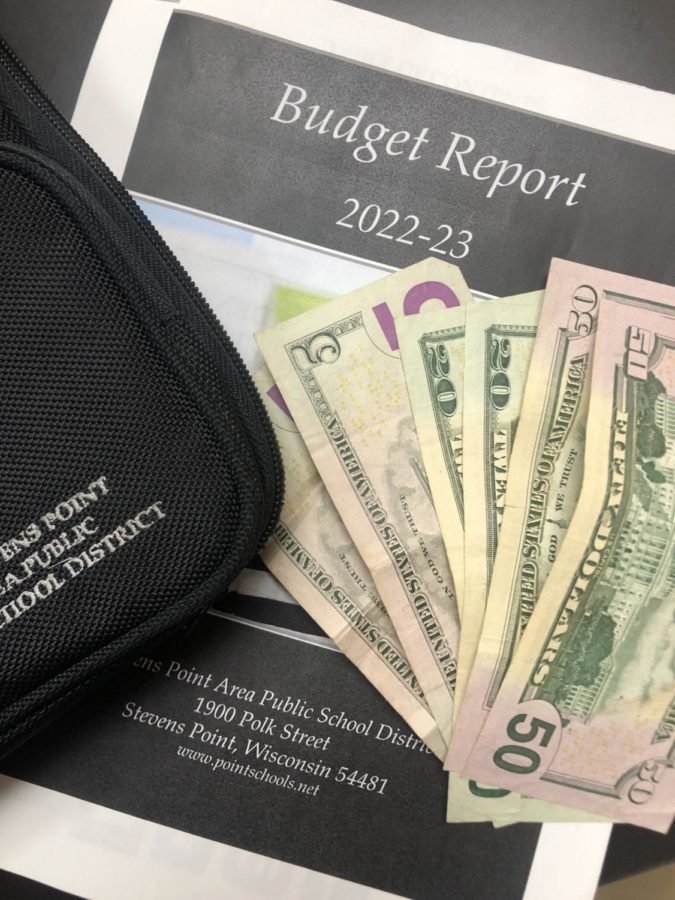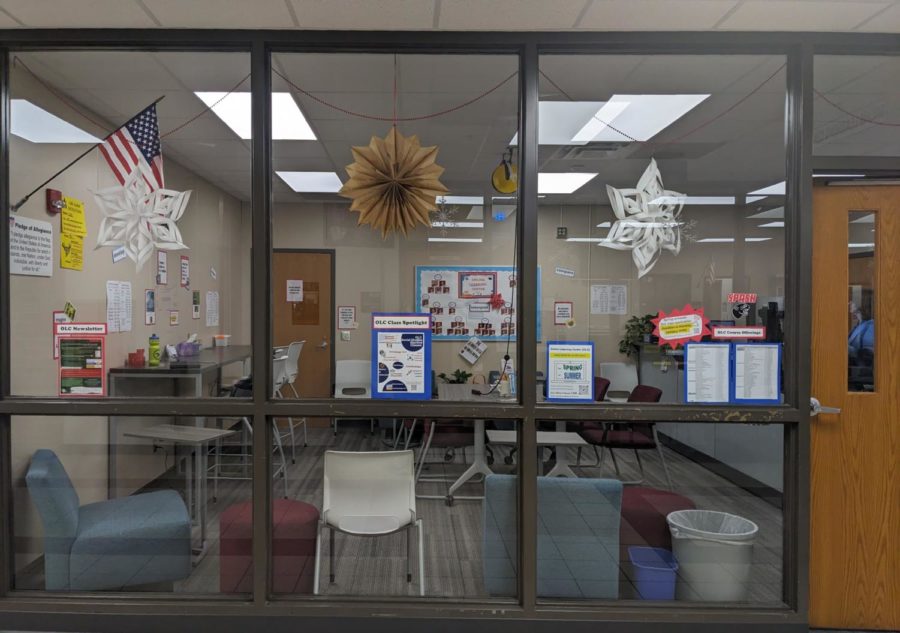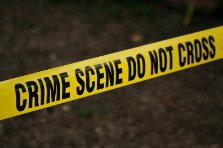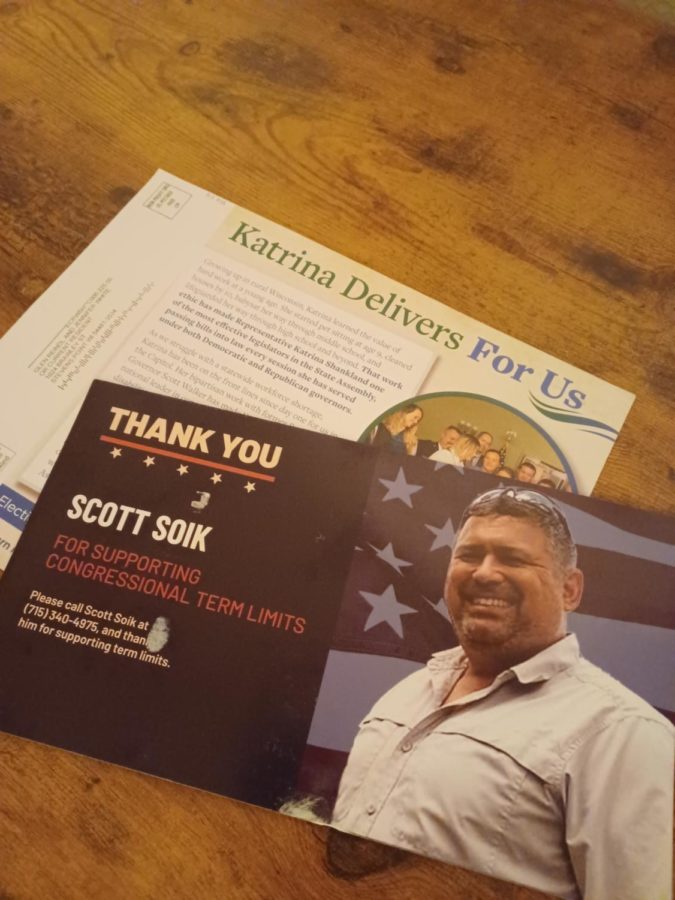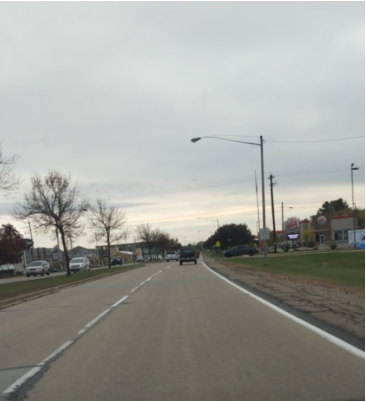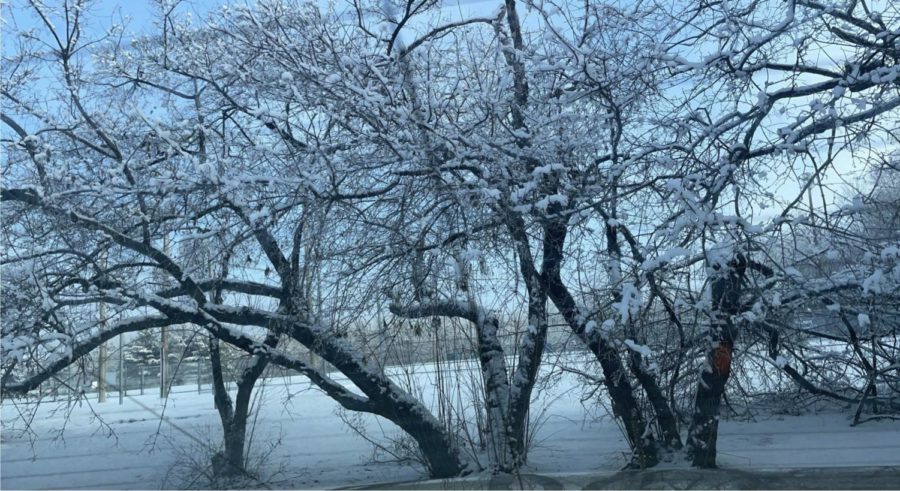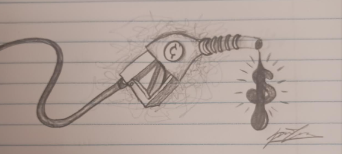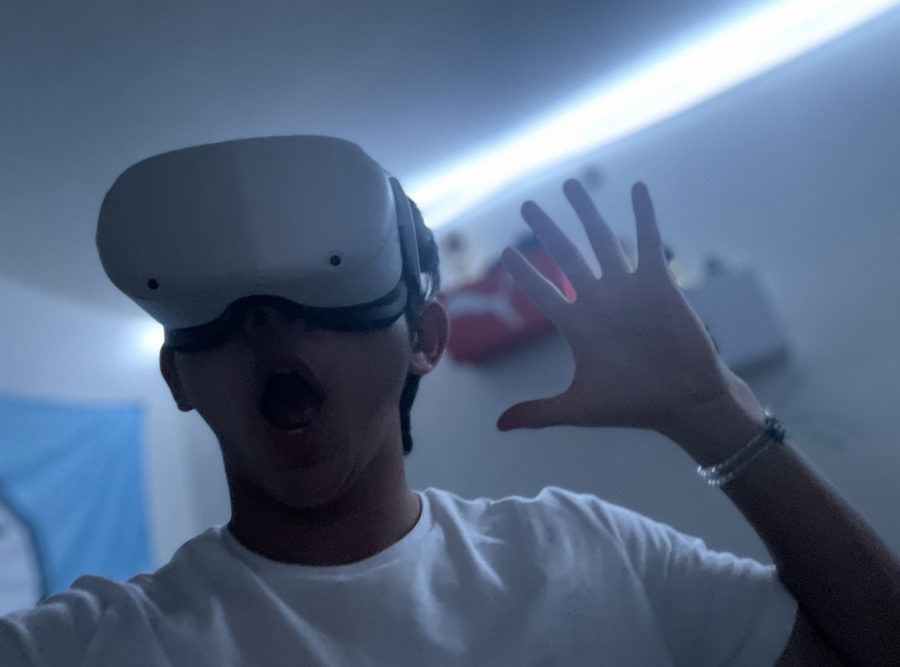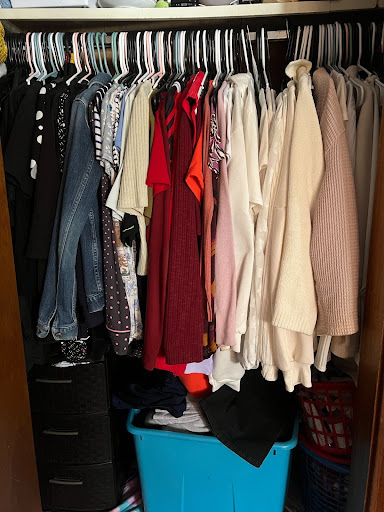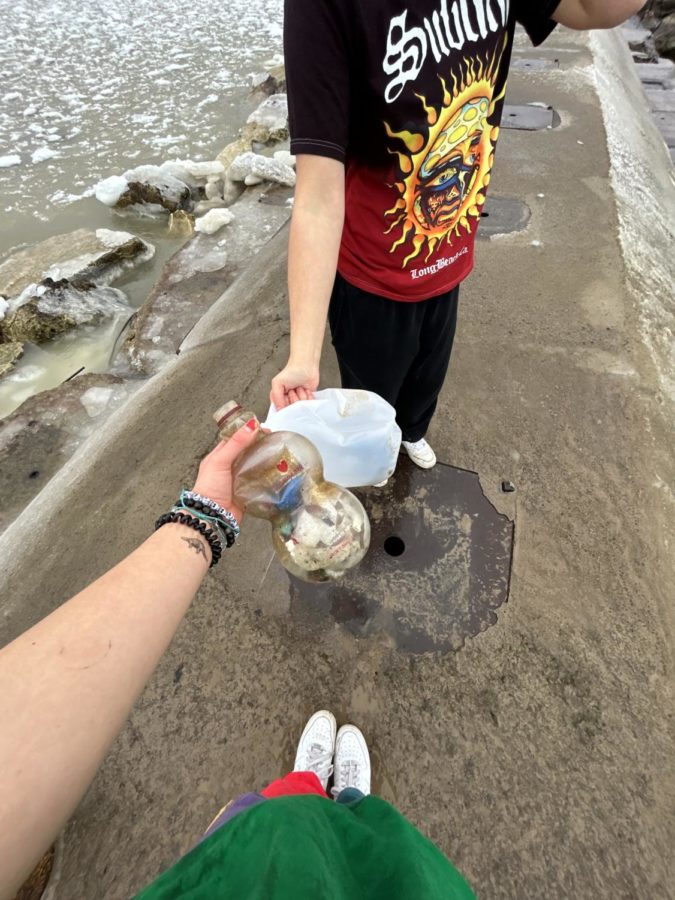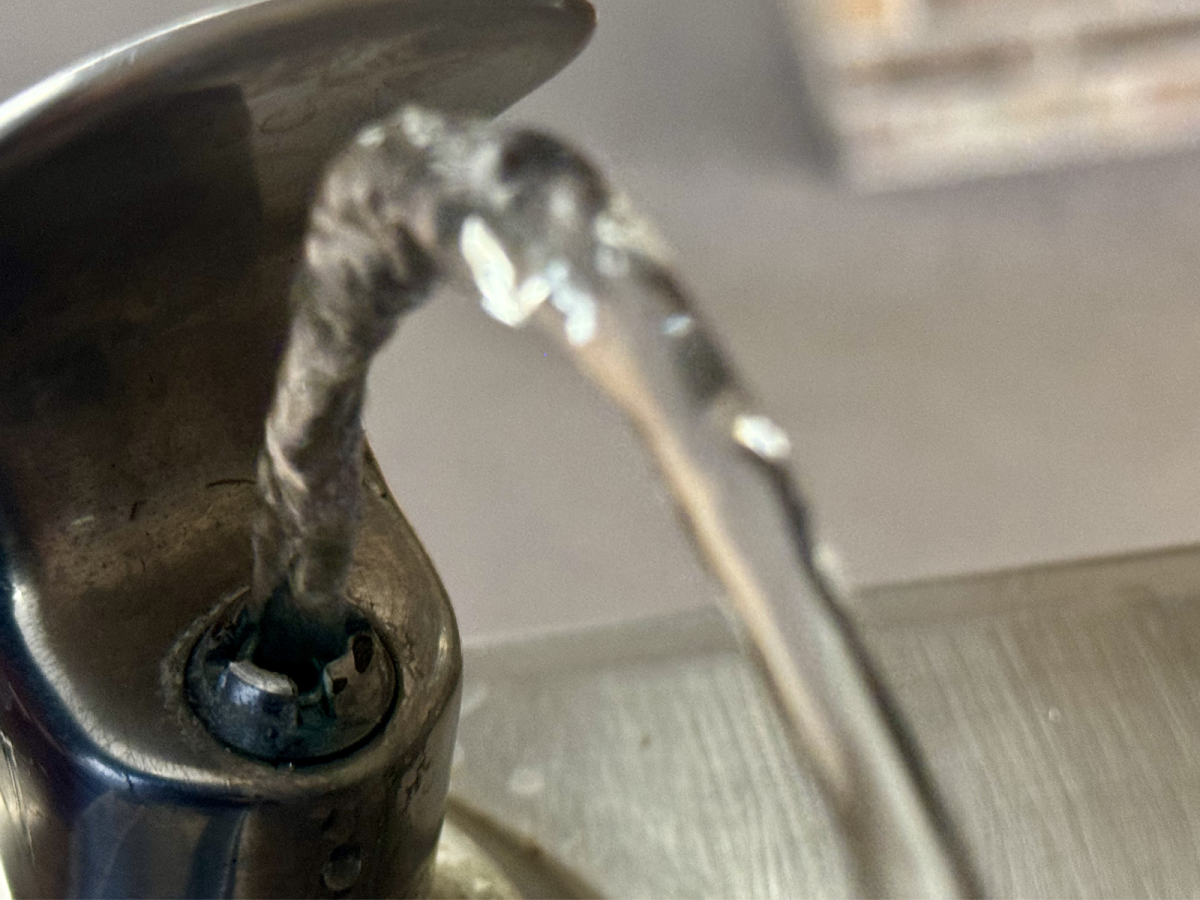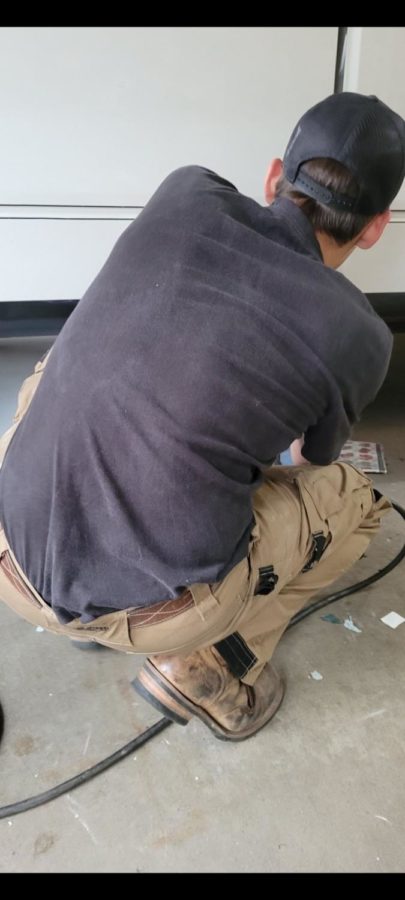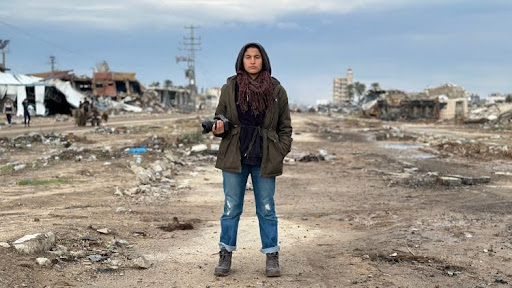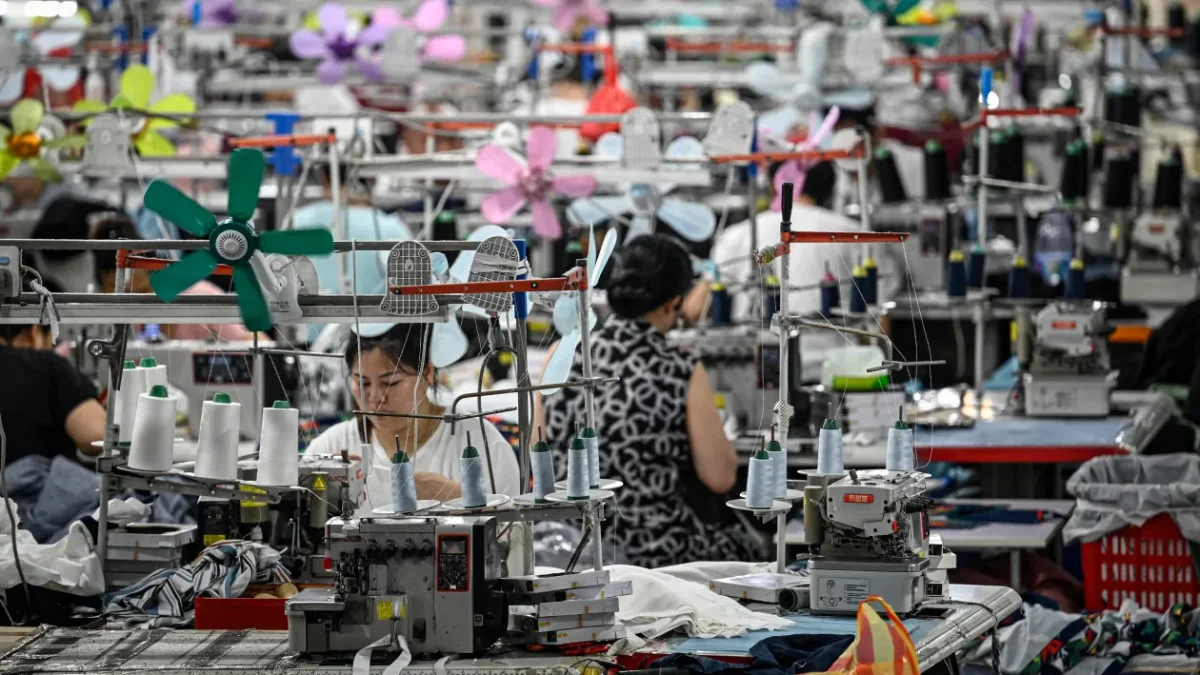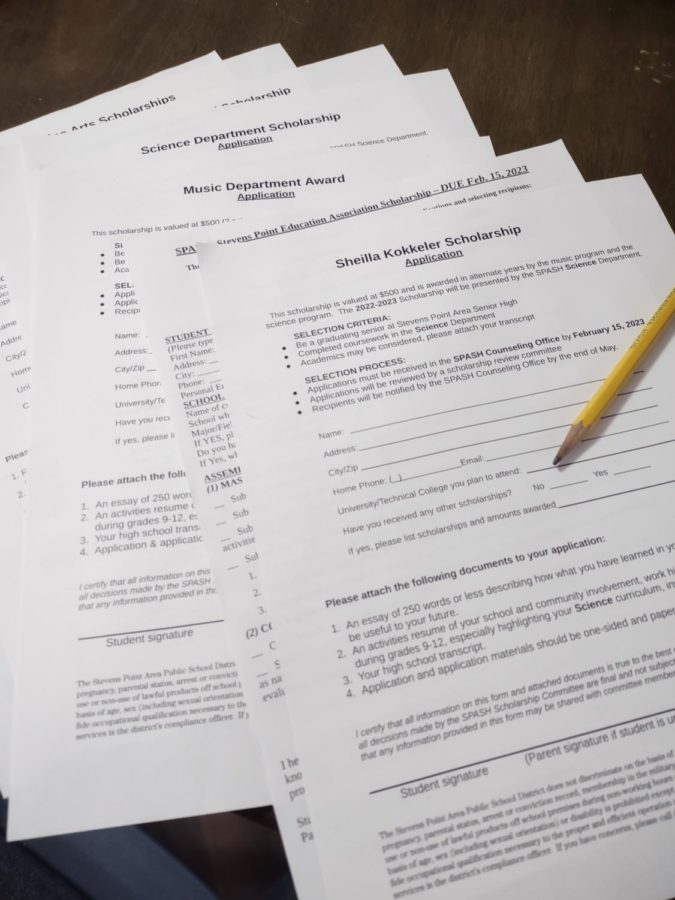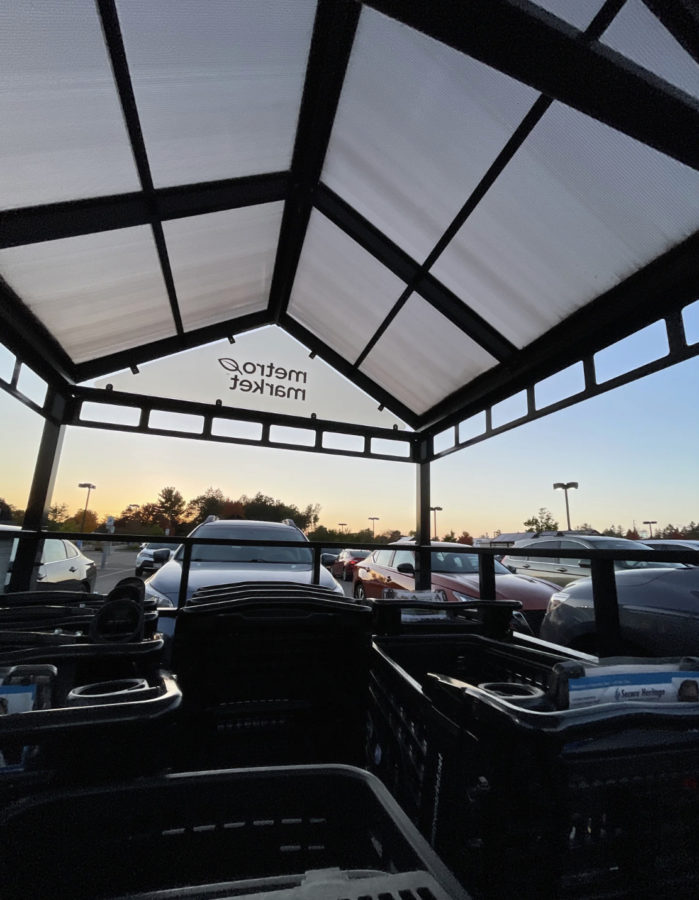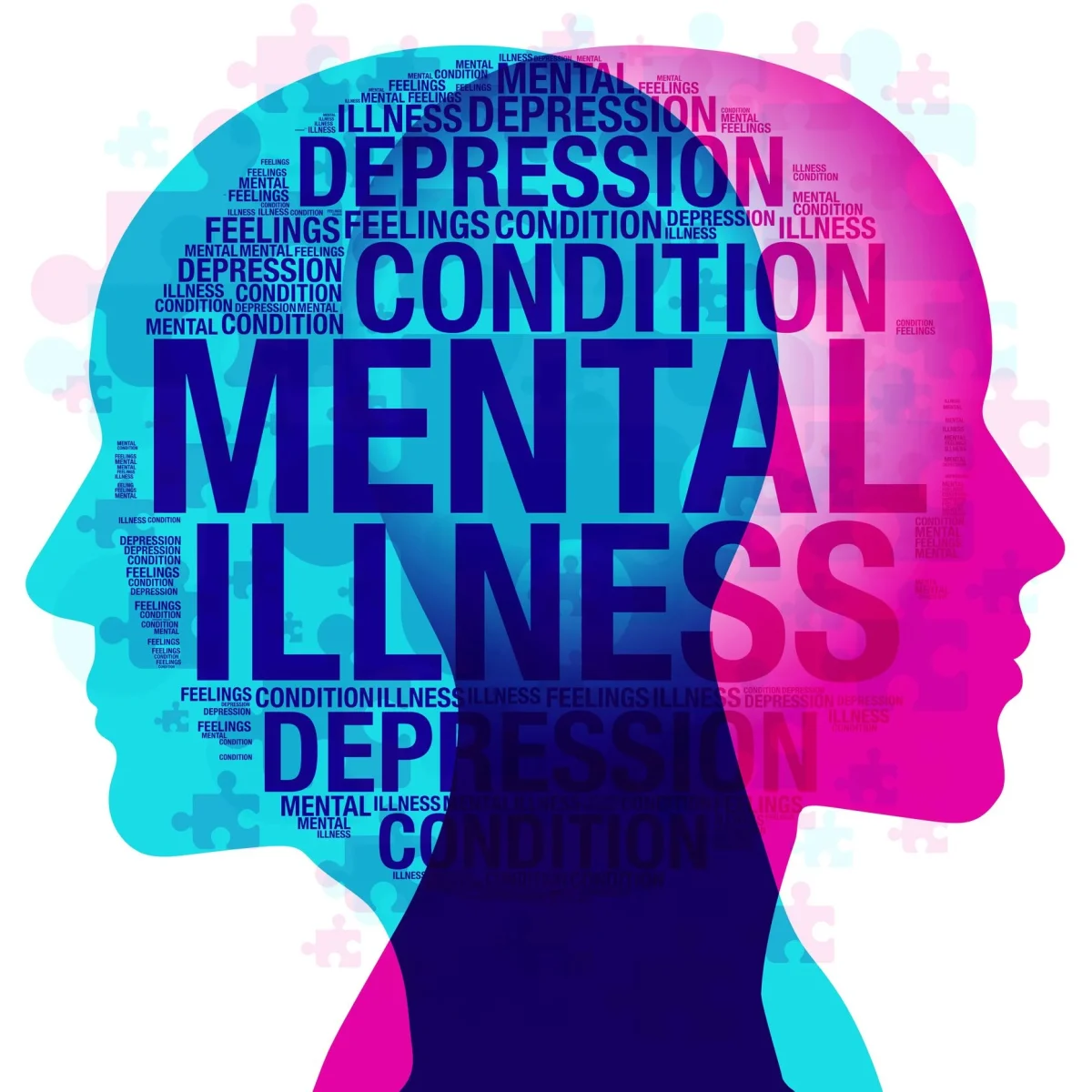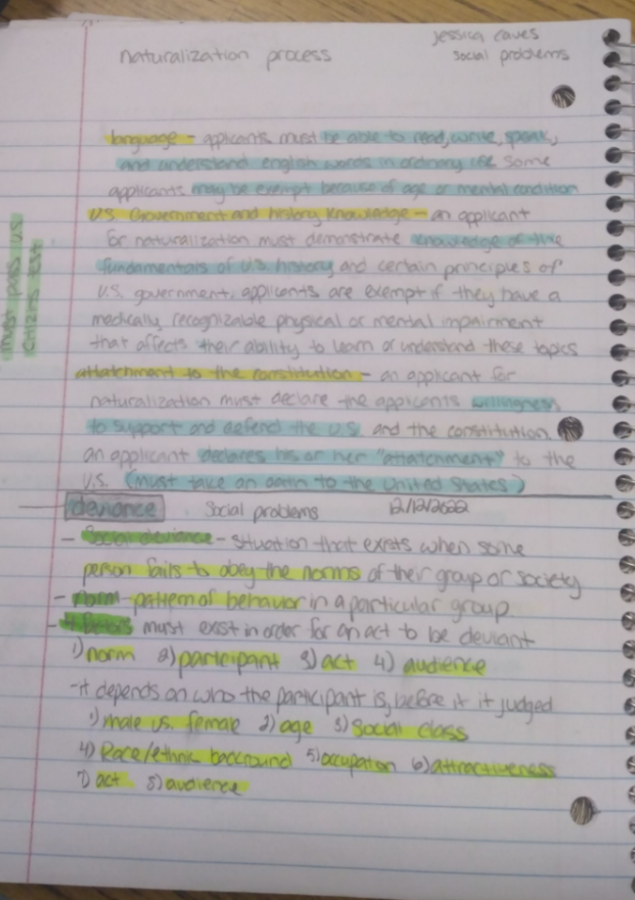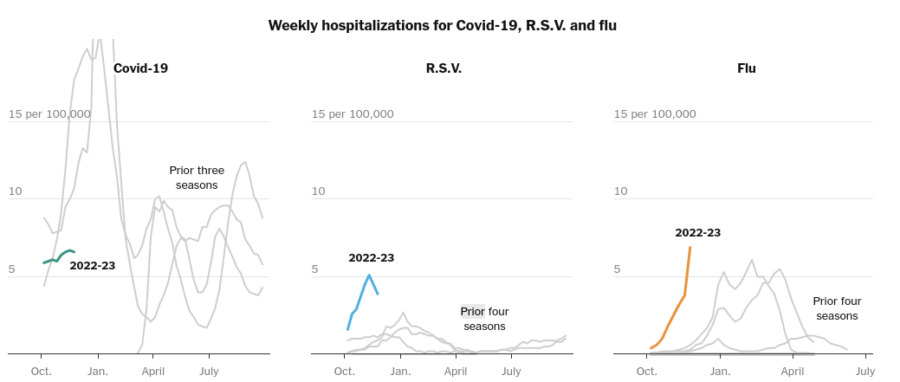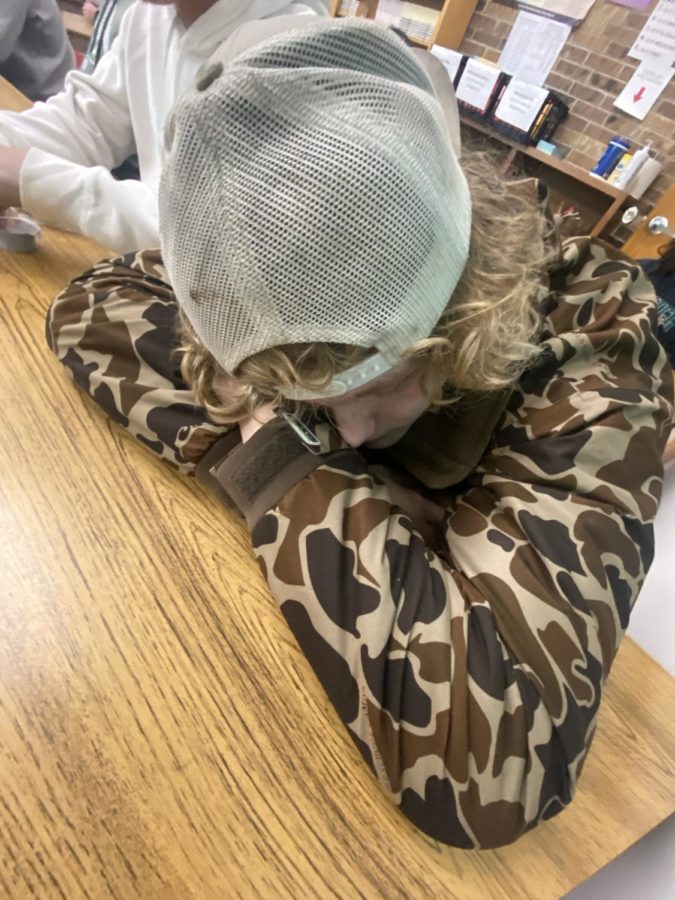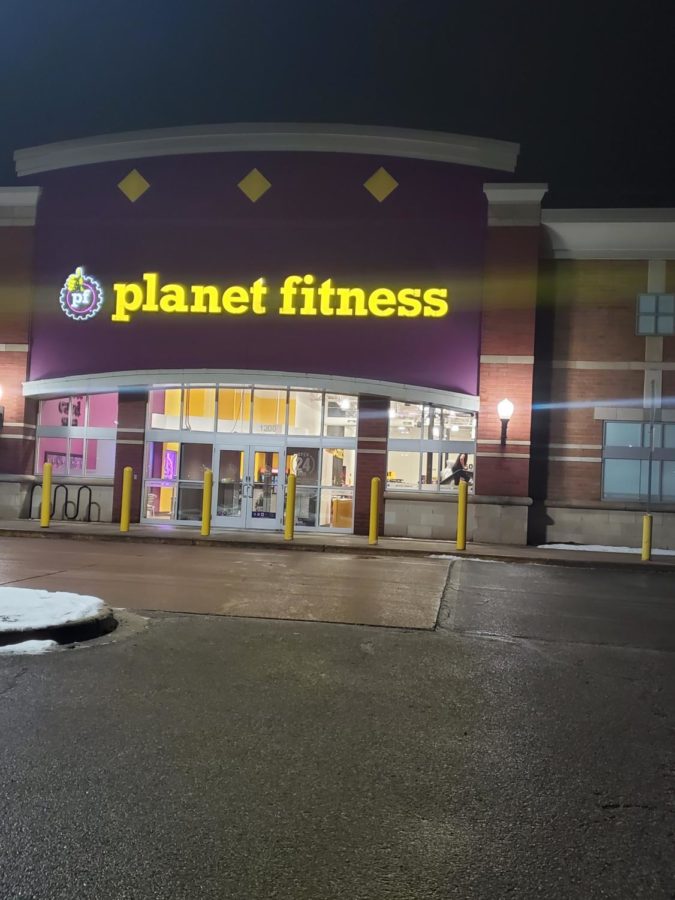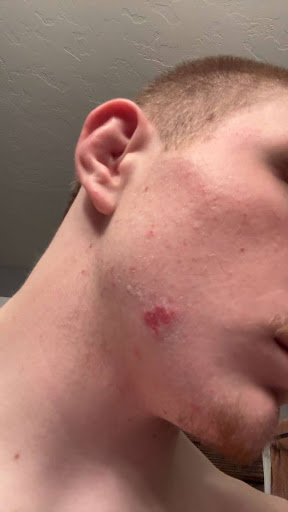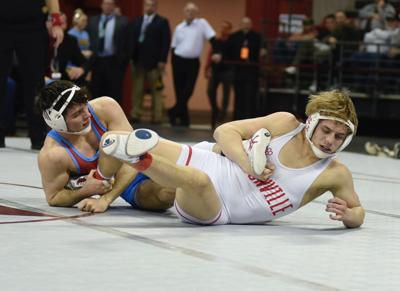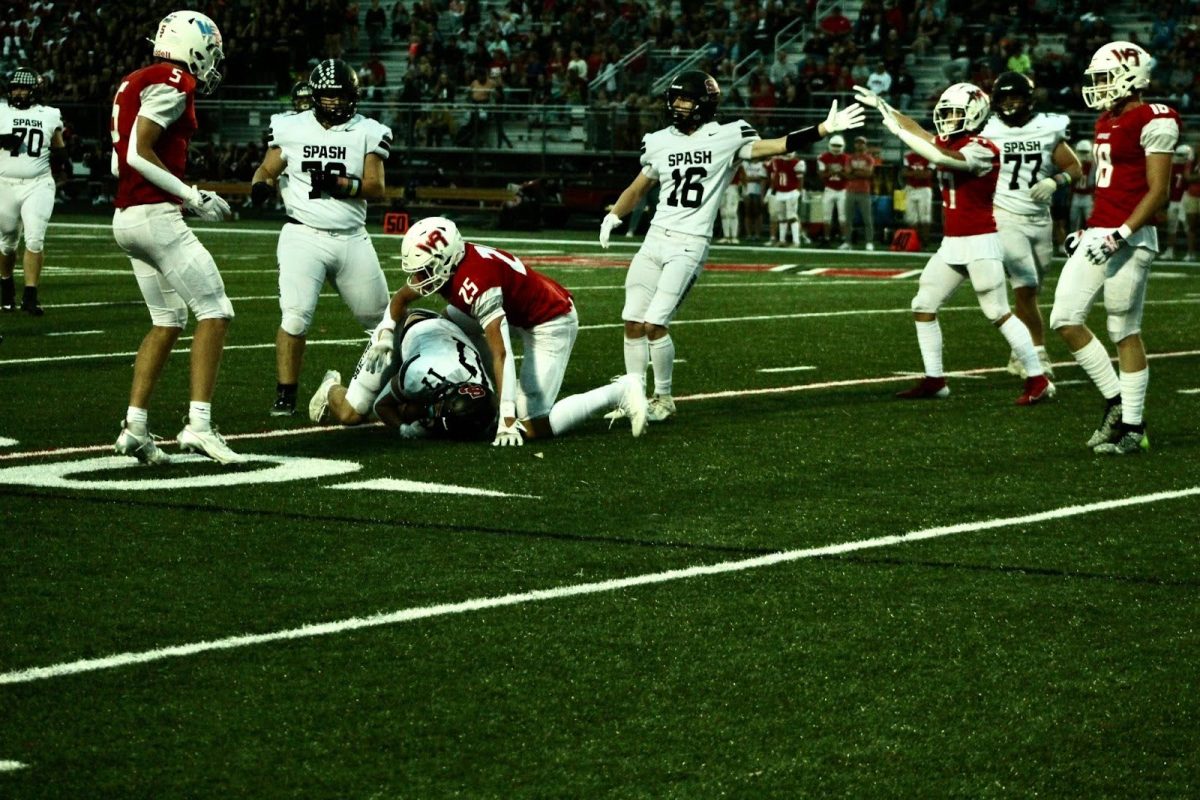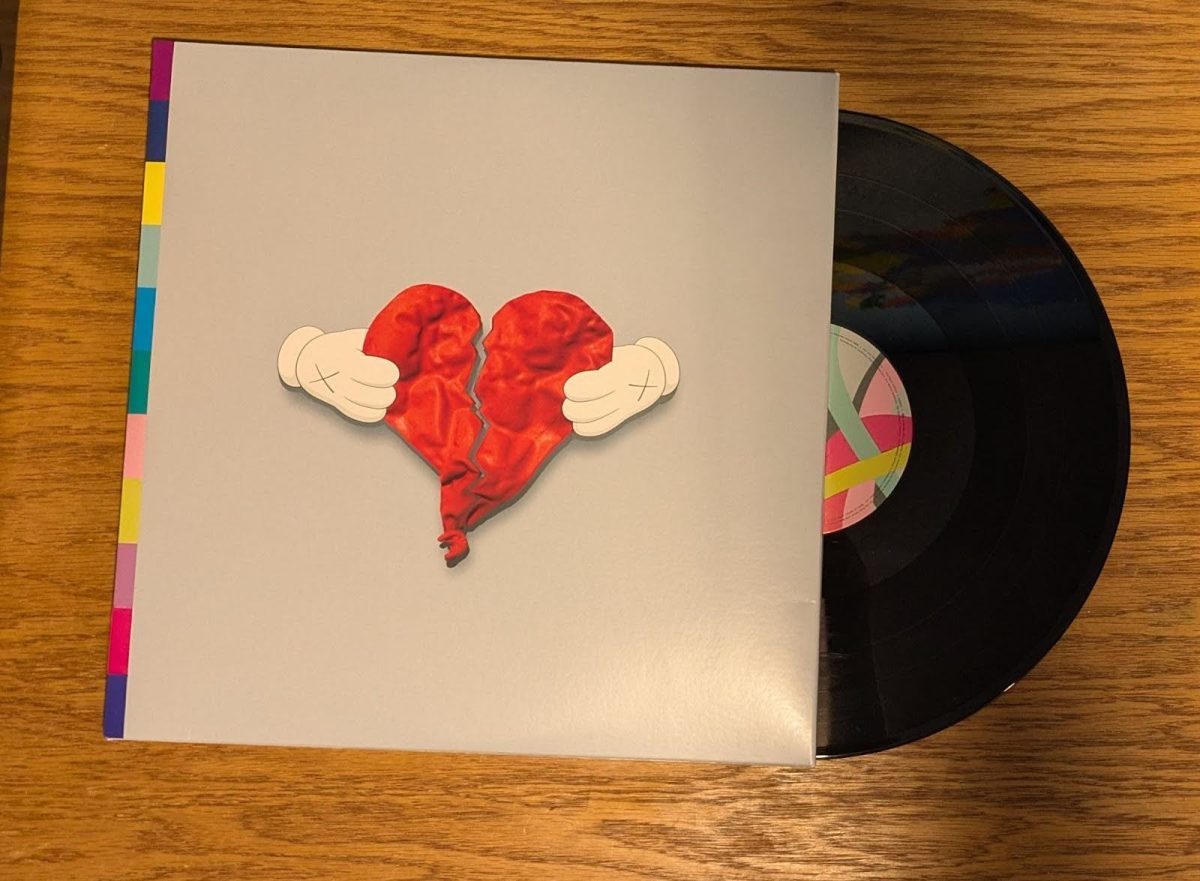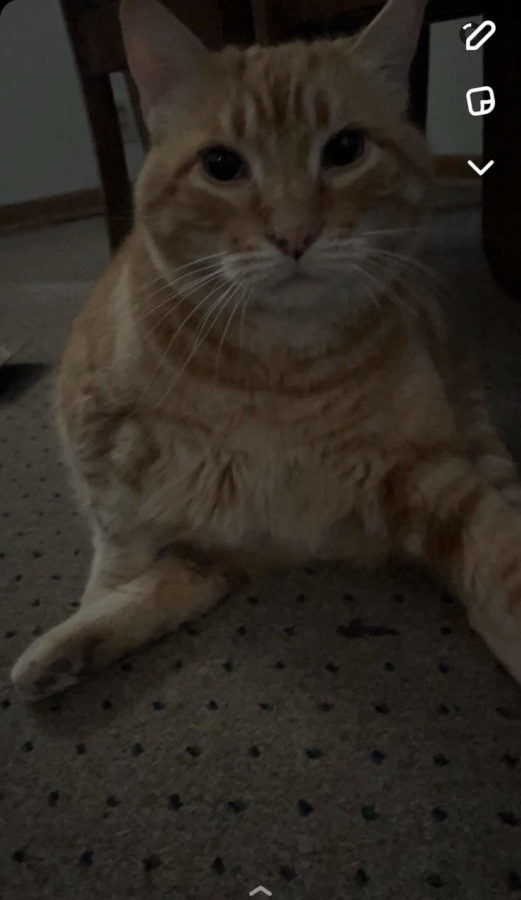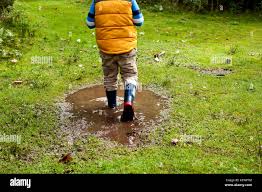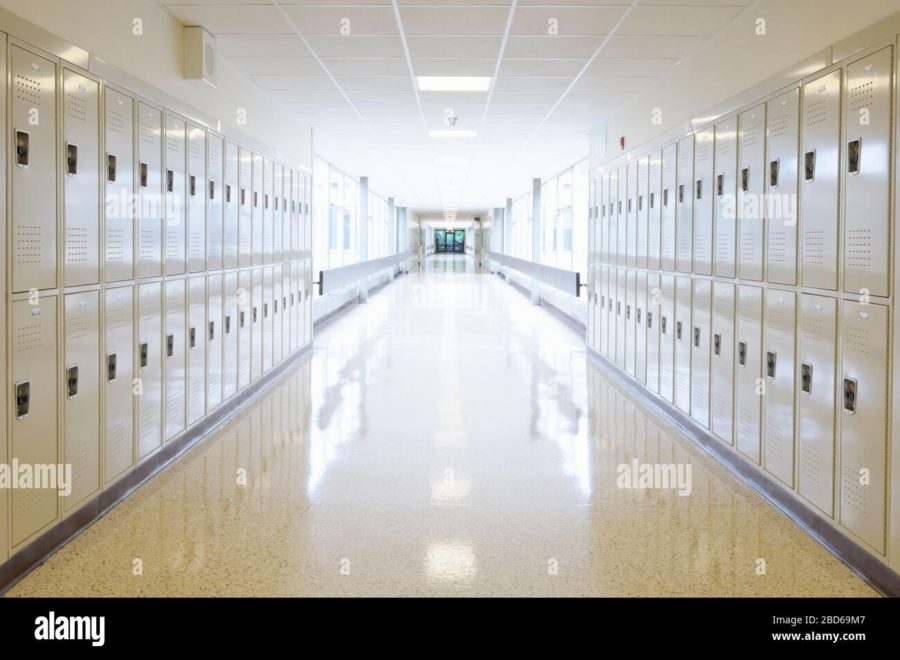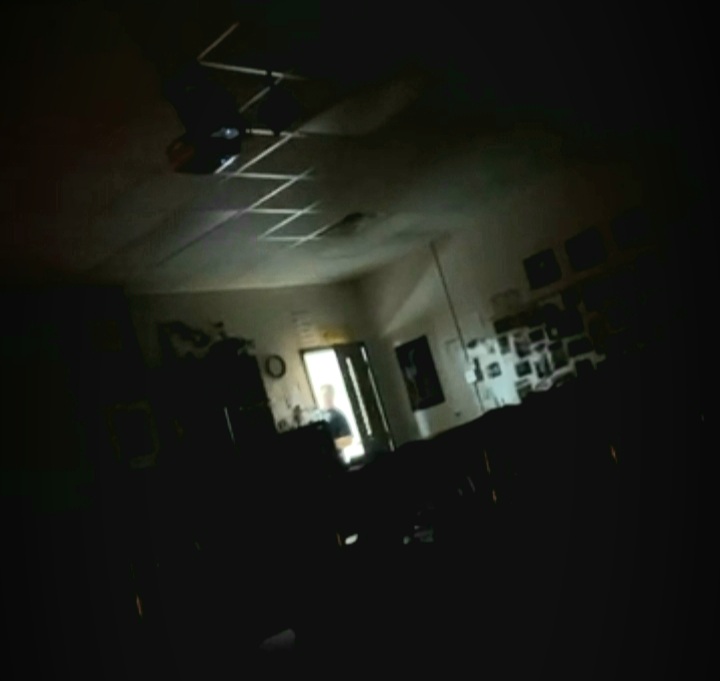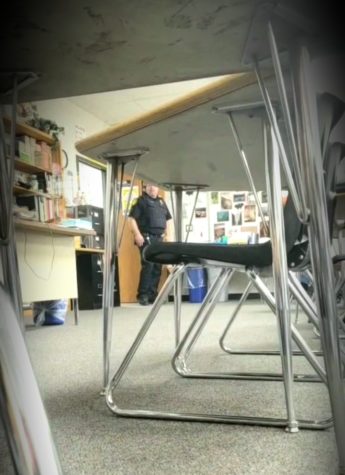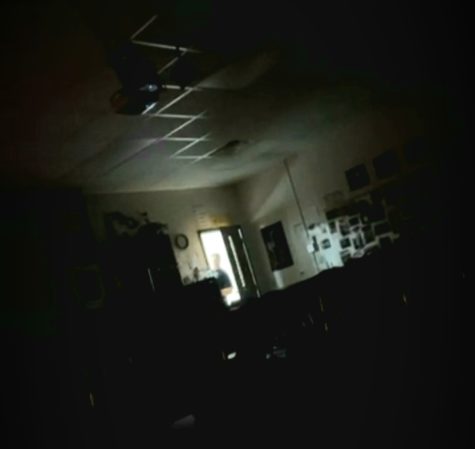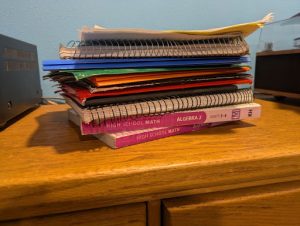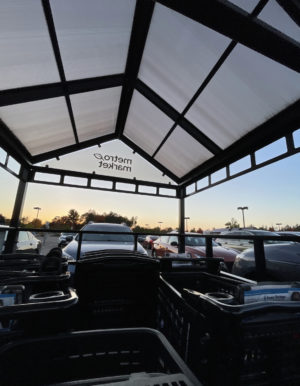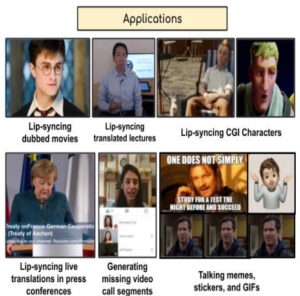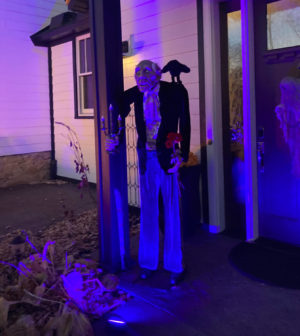Traumatic Times: The Issue of PTSD in Students
November 4, 2022
Have you ever experienced a traumatic event? Witnessed something horrid you would rather just forget? Many people have.
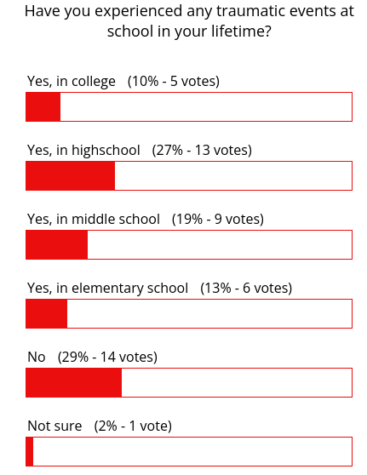
In an article named What to Know About PTSD in Teenagers, on VerywellMind.com, Wendy Wisner estimates that as many as 5% of teens aged 13 to 18 experience PTSD. The prevalence of PTSD is about 8% for girls and 2.3% for boys. While the percentages may not seem high, the rarity is not enough for those experiencing the symptoms of PTSD.
Schools and workplaces alike need to recognize and aid those suffering from PTSD, and there needs to be more focus on mental health and well-being in stressful places such as those.
What Did You Do at School Today, Sweetie?
On Thursday, October 20th, 2022, there was a lockdown at SPASH. Students and teachers alike found it to be an incredibly traumatic experience, even though in the end it was discovered to be a hoax. This isn’t an isolated incident either as “Officials confirmed at least 14 schools throughout the state received the threats” says Spectrum News 1, in their public safety announcement.
Patience Schuler, a junior at SPASH, was in the parking lot during the lockdown. She said that on her way in she watched students running out of the building, but was quickly warned to leave herself. She also noted that a lot of students were grouped up in front of the school next to a fence, stating “If there had actually been a shooter they could have all died.”
Some students weren’t as lucky to be outside of the building during the lockdown. Some students didn’t even get a chance to process the situation itself. Senior student, Grace Newby, stated this: “I didn’t p
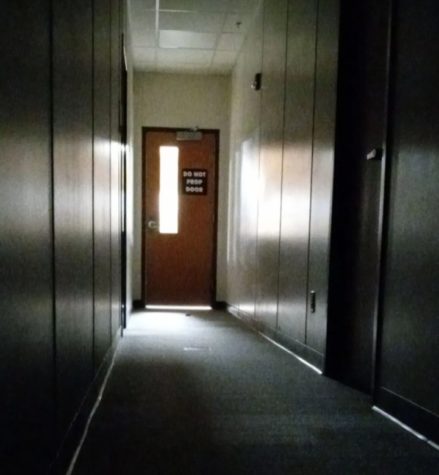
rocess what was actually going on until we are out of the lockdown because I feel like when we were in the lockdown we didn’t have time to be scared and you just kind of needed you like act accordingly.” On the other end of things, Blair Odders, another SPASH senior, spoke about their experience, an experience you would never want a child or teen to have; “My class had a substitute teacher and so she had no idea what to do and she was literally looking at us asking us what she’s supposed to do. […] so we all just took initiative.” They told me about how they had locked themselves and their peers in a room that, surprisingly, didn’t have a lock, so they barricaded it with a table. They continued “I was just holding hands with Nora and crying while the teacher kept telling us to calm down. She told us it was just a drill when it wasn’t.” Both of these students were traumatized by the events that unfolded on October 20th. The day after the event, Blair said; “I didn’t want to come to school today, I didn’t want to go to the orchestra concert last night. I was scared.”
Other than the first-hand interviews with students, there was obviously a lot of chatter around the halls and lunch rooms that day. One thing that was most commonly brought up was the lockdown alarm itself. “I didn’t even realize it was going off.” or “I had my headphones in and couldn’t hear it at all.” even some teachers continued to teach while the alarm itself went off in their own classrooms. The alarm was not loud enough to alert the students and staff of the possible danger and that is something that needs and has been addressed in the days following the lockdown.
On the subject of teachers, they had to deal with just as much as the students, which may be something students don’t realize. Mrs. Perron is not only a teacher but also the mother of a SPASH senior. “I was eating lunch and we heard the alarm. I tried my best to find any students out in the hall quickly, we got about a dozen, then we just hid in my room. I told everyone to stay off their phones ’cause we just didn’t need that light.” Mrs. Perron was one of the many teachers who dealt with the lockdown very maturely and kept their students, even if they weren’t “her” students, calm and safe. Mr. Marty, a MI and HBS teacher shares his experience. “I was in the science core lab with some students that were taking tests, my priority was to get those students to a safe room. I made sure all the doors were locked and then we just kind of hunkered down.” Most teachers agreed that the hardest part of that experience was how to get their students back into the classroom and into a learning environment because there were so many different reactions to that event. This goes along with what most of the students said.
SPASH says it has resources for its students to use, counselors, teachers, peers, and even the police liaison, Officer Kramer, but what SPASH doesn’t have is common sense. On that Thursday afternoon, October 20th, 2022, students feared for their lives. Some thought they were going to lose their friends, family, and maybe even their own lives. But as soon as that voice came on the PA system telling them that the coast was clear, the students felt as if they were expected to continue on with their day, eat lunch, go to class, get on the bus, and go home, after just thinking that their life could have been ended that day. With that information, why would someone want a child to spend the rest of that day in the place they thought they were about to die in? In a Snapchat post the following hours of the lockdown, one Junior boy posted “We just thought there was an active shooter in the building, and they’re sending us back to class? Don’t you just love SPASH?” Explaining the feelings of the students at SPASH, their first 2022 encounter with something that traumatic, and for the sophomores, in their new school. How is a student supposed to feel at ease and ready to learn when they believe their life could be in danger? Situations like these cause students, staff, and the community as a whole to tend to develop PTSD or PTSD-like symptoms.
What is PTSD and what does it do?
What exactly does PTSD stand for and what is it? Psychiatry.org’s article called What is Posttraumatic Stress Disorder (PTSD)? states; “PTSD is a psychiatric disorder that may occur in people who have experienced or witnessed a traumatic event.” PTSD is the acronym used to shorten Post Traumatic Stress Disorder. The Oxford Dictionary describes PTSD as; “a condition of persistent mental and emotional stress occurring as a result of injury or severe psychological shock, typically involving disturbance of sleep and constant vivid recall of the experience, with dulled responses to others and to the outside world.” There is also CPTSD, which is normally caused by multiple events that were traumatic, happening over a prolonged period of time. PTSD on its own is used to describe anyone who suffers from immense stress from, normally one, traumatic experience. PTSD is such a broad term for the mental/physical/emotional pain that someone who has experienced something traumatic feels.
Photo by SPASH Senior Bailey FiestPlaces like schools, workplaces, homes, etc. can cause people to react differently and become “triggered.” The Newport Academy states in their article called Recognising PTSD in Teens; “Some triggers are straightforward, such as a video of an accident or assault, or the anniversary of the traumatic event. […] But triggers can also be more subtle and individual—for example, hearing a song that you heard just before the traumatic experience,” Even if it doesn’t seem like a big deal to some, it could be a big deal to them. Even when the triggers may seem random or “foolish” to you, that is their reaction to something that will affect them for the rest of their lives. Wendy Winser, from VerywellMind.com, advocates that; “PTSD in teenagers is something to take seriously. While it’s true that symptoms of PTSD may be particularly high in the months after a traumatic event and recede after that, teens may experience these symptoms for years, if not treated.” These things and events can cause long-lasting effects on children and into adulthood, without the proper care.
This needs to be brought to the attention of any and all administrators of any and all schools. SPASH in particular needs to work, not only, on its system surrounding the lockdown but, almost more importantly, on helping the students feel safe and able to learn after traumatic experiences.


